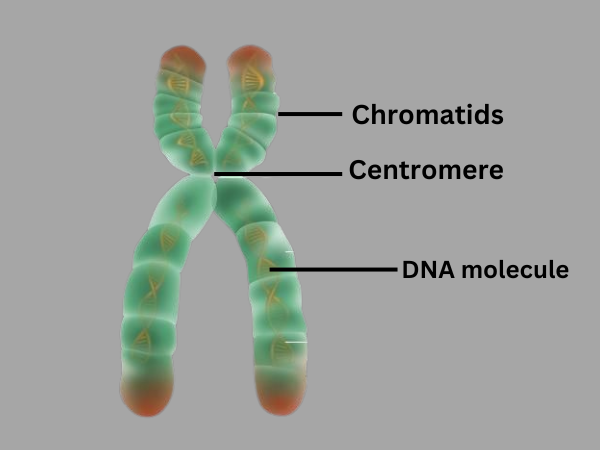The X and Y chromosomes are major factors for deciding that how is the sex of a newborn determined in humans. in this article we explain how sex is determined in humans, and the concepts may also useful for how is the sex of the baby determined for class 8 students. You can also read here Manav mein bacche ka ling nirdharan kaise hota hai in hindi.

Female has a set of 22 pairs chromosome along with sex chromosome XX, but male has set of 22 pairs of homologues chromosomes along with sex chromosome XY.
During the time of fertilization female sex cell (Egg/Ova) which contain XX chromosome and the male sex cell (sperm) containing XY chromosome, are meet together.
In this time when the chromosomes come together and form a new chromosome pair along with homologous chromosome. If one having chromosome pair XX then new born will be baby girl and if one having chromosome pair XY will be baby boy. This is how sex is determined in humans.
How is the Sex of a Newborn Determined in Humans?
Determining the gender of a baby involves several stages, and it is during this crucial time that the importance of different chromosomes, specifically the X and Y chromosomes, becomes apparent. These chromosomes carry the genetic information that decides whether the baby will be male or female. It is essential to emphasize the significant role played by chromosomes in identifying the sex of a newborn.
The Role of the Y Chromosome in Determining Sex
Central to the process is the Y chromosome, a genetic entity found predominantly in males. The Y chromosome houses a specific gene crucial for directing the development of male characteristics. When the fertilized egg contains a Y chromosome, the intricate dance of gender determination commences, leading to the birth of a baby boy.

Where is the Y Chromosome Found?
The crucial chromosome responsible for determining the gender of a baby, specifically whether it will be a boy or a girl, is located within a father’s sperm. When a significant event occurs, this chromosome combines with an egg, initiating its role in facilitating the growth of the baby as a male or otherwise.
The Significance of X and Y Chromosomes
The X chromosome and the Y chromosome are both necessary and significant in shaping our genes and our overall composition. It is undeniable that these chromosomes play crucial roles in determining our genetic makeup. Personally, I find the mechanism behind their functioning to be incredibly fascinating.
The determination of whether a baby will be a girl or a boy is determined by the presence of chromosomes within a fertilized egg. These chromosomes contain instructions that guide the development of either a male or female. It’s astonishing to think that such minute components within us hold the power to dictate our gender.
X and Y Chromosome Structure
The distinction between the X and Y chromosomes lies in their unique roles in determining the gender of a baby. Various essential processes such as growth and brain function, primarily associated with the X chromosome, predominantly pertain to girls. On the other hand, the Y chromosome, although not as involved, ensures the development of males.
Difference Between X and Y Chromosomes
The X chromosome carries numerous genes responsible for various traits, while the Y chromosome possesses only one essential gene for male development. This discrepancy in genetic content might explain the significant differences observed between males and females. Analogously, the X chromosome can be compared to a toolbox, while the Y chromosome can be likened to a single tool, a hammer.
X and Y Chromosome Ratio
Understanding how this process works seems to be significant. It has been observed that in most new groups of organisms, there is typically an equal ratio of X to Y, which plays a role in maintaining consistent numbers and determining the sex of offspring. Is it advisable for me to gain further knowledge on this topic?
When Y Chromosomes Carry in Sperm
The determination of a baby’s gender is largely dependent on the presence or absence of a Y chromosome in the sperm. If no Y chromosome is present, it can be anticipated with great enthusiasm that the baby will be a girl. To ascertain the gender, it is crucial to examine both Y and X chromosomes together.
To sum up, understanding the process of determining the sex of a newborn in humans requires delving into the complex realm of chromosomes. This scientific investigation not only unravels the enigmas surrounding the origins of life but also generates curiosity in the field of birth-related studies and continuous research.
Related Keywords: how is the sex of the baby determined class 8, how is the sex of a newborn determined in human, explain how sex is determined in humans.
FAQs
These FAQs provide insights into the fascinating process of how the sex of a newborn is determined in humans, addressing key questions related to chromosomes and gender development.
